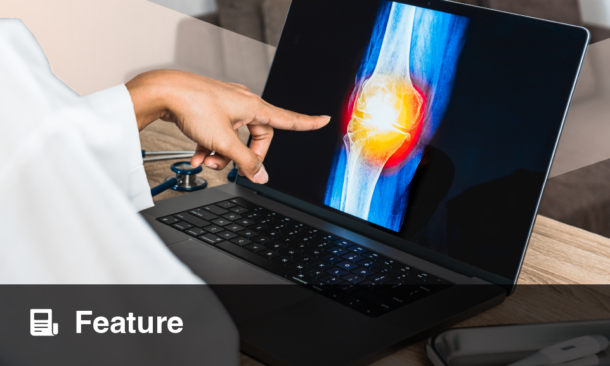A NEW study evaluated the advantages and limitations of various noninvasive imaging modalities in diagnosing cardiovascular disease (CVD) in patients with autoimmune rheumatic diseases (ARDs). Although advancements in anti-rheumatic therapies have improved disease management, patients with ARDs remain at a significantly higher risk of cardiovascular complications, contributing to reduced life expectancy compared with the general population.
The study highlights the importance of multi-modality imaging in facilitating early diagnosis and monitoring of CVD in patients with ARD. Echocardiography (echo) stands out as a cost-effective and widely accessible imaging tool, providing crucial early information on cardiac health. When more detailed imaging is needed, Single Photon Emission Computed Tomography (SPECT) and positron emission tomography (PET) offer valuable insights. SPECT focuses on myocardial perfusion, while PET provides superior resolution and combines perfusion and inflammation assessment—though at a higher cost.
Computed Tomography Coronary Angiography (CTCA) is a reliable technique for ruling out coronary artery disease, a common condition in patients with ARD. For comprehensive tissue characterization and functional assessment without radiation exposure, cardiovascular magnetic resonance (CMR) is considered an ideal tool for long-term follow-up. The study also emphasizes the potential of molecular imaging in guiding personalized treatment by identifying disease-specific patterns at the molecular level.
The authors conclude that understanding the strengths and limitations of these imaging modalities is essential for clinicians managing patients ARD. Multi-modality imaging represents a powerful tool in improving diagnosis, monitoring disease progression, and optimizing treatment strategies for cardiovascular complications in this high-risk population.
Reference: Vartela V et al. Multi-Modality Imaging in Cardio-Rheumatology. Curr Cardiol Rep. 2025;27(21).
Anaya Malik | AMJ








